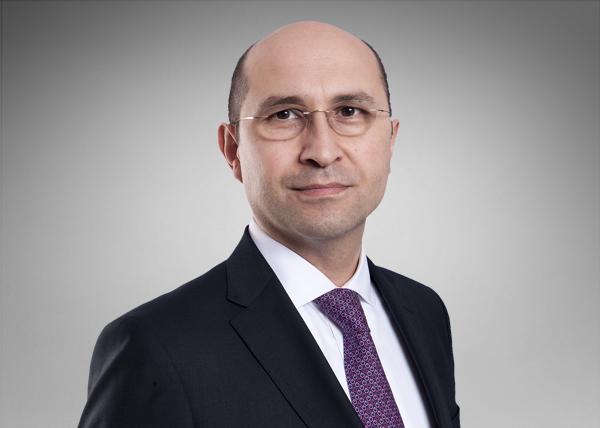Adem Koyuncu spoke with The Pink Sheet regarding an agreement signed in December expressing the plans laid to carry out the German government's intent to cut pharmaceutical spending.
Adem warned that one way to achieve this could be to make new medicines subject to internal reference pricing. He references the coalition agreement's strategy which says the government wants to develop Germany's AMNOG pricing system further, such that new pharmaceuticals are freely priced for their first 12 months. He then adds, "The coalition will definitely introduce changes and some of them will be painful."
However, the agreement ultimately does not lay out any detailed plans to carry out these goals. Adem states that the government is reacting to debate on drug pricing that has been ongoing for some time, and this discussion could provide some clues on how it will proceed. He believes the new government could add an agenda item to the ongoing debate regarding whether the new products that have undergone the AMNOG process should be subject to internal reference pricing.
Adem explains that Germany has more than 20 mechanisms aimed at regulating drug pricing and reimbursement, including internal reference pricing. He adds, "this is a powerful tool to disincentivize prescribing of higher-priced products."
These proposed changes in Germany could also have impacts elsewhere. According to Adem, Germany's pricing and reimbursement system is well-known and other governments look to it for answers on how to reform their own systems. He explains that this means measures that successfully lower prices in Germany could be replicated elsewhere.
Adem adds that, on the bright side, the coalition agreement lays out the new government's goal of improving patient centricity. For example, improving the representation of patient groups in the G-BA could be good news for industry as patients are likely to advocate for innovative new products to be rapidly available on the market, especially for rare diseases, he says.
Back
Back




